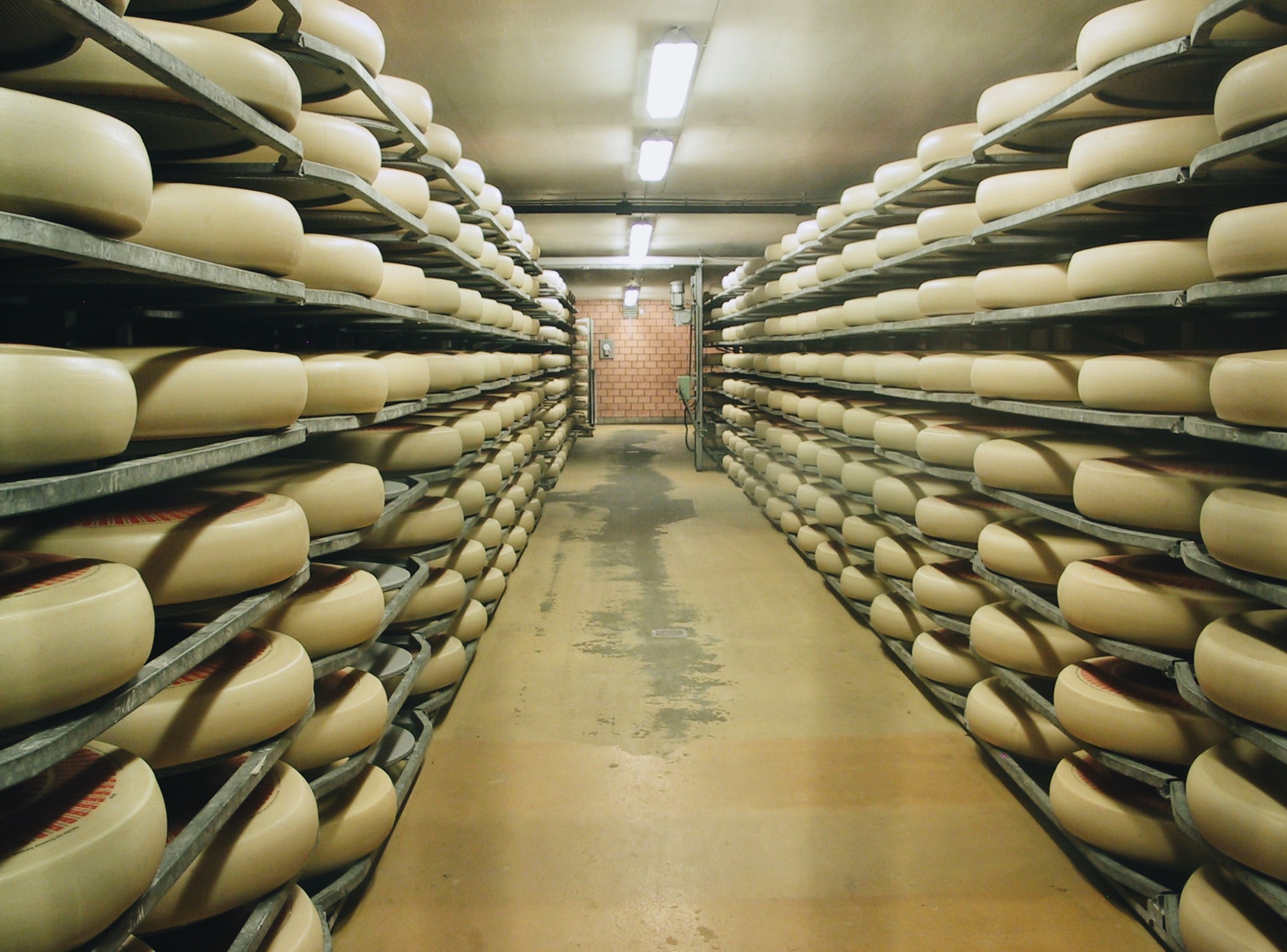When President Jimmy Carter first took office in 1977, America’s dairy farmers were struggling. Throughout the economic disruptions of the 1970s, the country had seen a shortage of dairy products, followed by a 30% spike in prices (due to government-inspired inflation), followed by a drastic decline in prices (due to government-inspired intervention).
To solve the problem, President Carter and Congress took to a predictable solution: yet more government intervention. As part of the Food and Agriculture Act of 1977, the government would offer new subsidies to dairy farmers, dishing out roughly $2 billion over the next four years.
As one might expect, this latest round of price-fixing tricks was not sufficient to solve the problems caused by price-fixing tricks—leading instead to a stockpile of “government cheese” that at one point totaled over 500 million pounds.
In a recent episode of NPR’s Planet Money, we get a snappy little history of the situation, which serves as a timely warning for on age with price-fixing schemes aplenty:
The government “wanted the price of milk to go up automatically every six months,” the narrator explains. “There are two ways to make that happen: You either lower the supply by telling milk producers to produce less milk, or increase the demand. Our government decided that increasing consumption was more ‘American’ than agriculture quotas, so they started buying milk themselves.”
Yet given the specific complexities of storing and transporting milk, the government soon focused its energies on other dairy-based products, such as cheese and butter. Sure enough, farmers began selling their cheese to the government like crazy, packing train cars, cold storage facilities, and caves. “The government was buying 1 in every 4 pounds of the country’s cheddar cheese.”
The government had now created yet another problem: a surplus of cheese that would soon spoil if it was not dealt with. Yet distributing the cheese could turn the government’s coercive weaponry right back at the very folks it was supposed to be saving. “You have to be careful about something called commercial displacement,” explains economist Joann Weiner. “If they just send a flood of cheese on the market, they’ll end up hurting the producers they’re trying to help by providing a less expensive product to meet existing demand.”
Thus, the plan was conceived to simply re-process the cheese and give it away to food banks. The artificially high price of milk was eventually frozen, but while some things began to stabilize, plenty of problems continued. With the signals of supply and demand sufficiently out of whack, the government now had to pay dairy farmers to stop making milk, while also doing its best to turn artificial demand into something real (“Got Milk?”).
Which brings us to the main lesson: “The thing about price controls is that once you start them, they are really hard to unwind,” the narrator concludes.
In considering such a lesson, we should be careful not to limit our perspectives only to subsidized products or industries. Such interventions have deleterious effects wherever and however they manifest—whether as trade tariffs, wage controls, or any company-specific cronyist promises or handouts. Such efforts are not typically focused on putting better and clearer information in the hands of producers and consumers, but rather on manipulating behaviors, penalizing economic or ideological foes, improving “national security,” or controlling various outcomes all along the supply chain.
In each case, we forget the fundamental purpose of prices. They serve as valuable signals, allowing us to better organize our efforts as we respond to and meet human needs. When made plain and clear, they help facilitate better and more peaceful exchange across all parties involved. Indeed, before Carter’s more intensive phase of intervention, these signals were already sorting things out, if the government would let them. “Policy makers did not recognize that market forces were bringing milk supplies into adjustment with demand and that the support price increases promised during President Carter’s campaign did not coincide with the prevailing conditions,” write Eric Erba and Andrew Novakovic.
When tinkered with by external forces, we don’t just manipulate relationships, we lose clarity, turning a vital means for communication into a narrow end or outcome. Prices are simply signals for human service—guiding our hands toward the meeting of human needs.
The clearer those signals are, the more confident our responses will be, and the better we can meet the actual needs of our neighbors.
